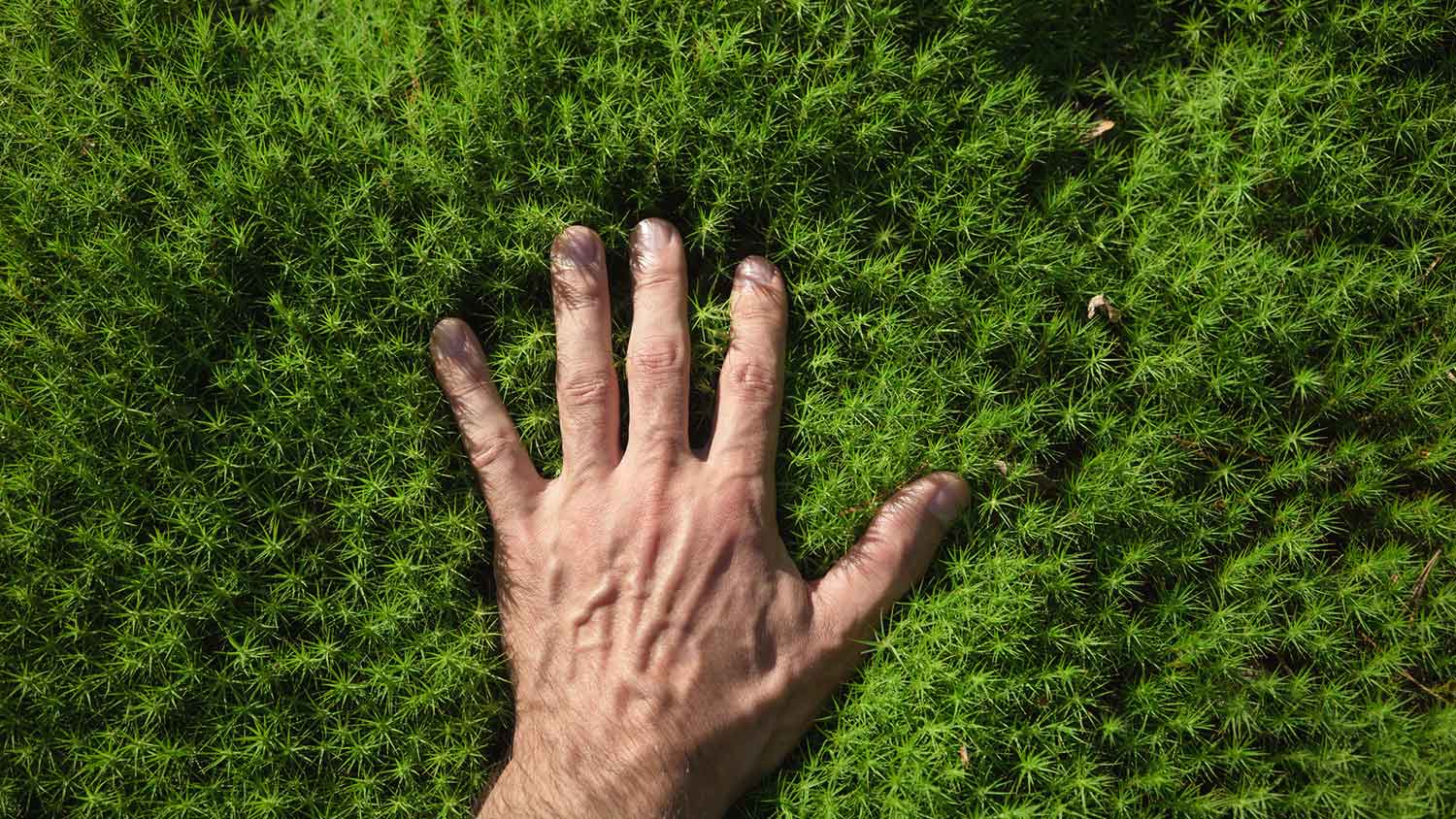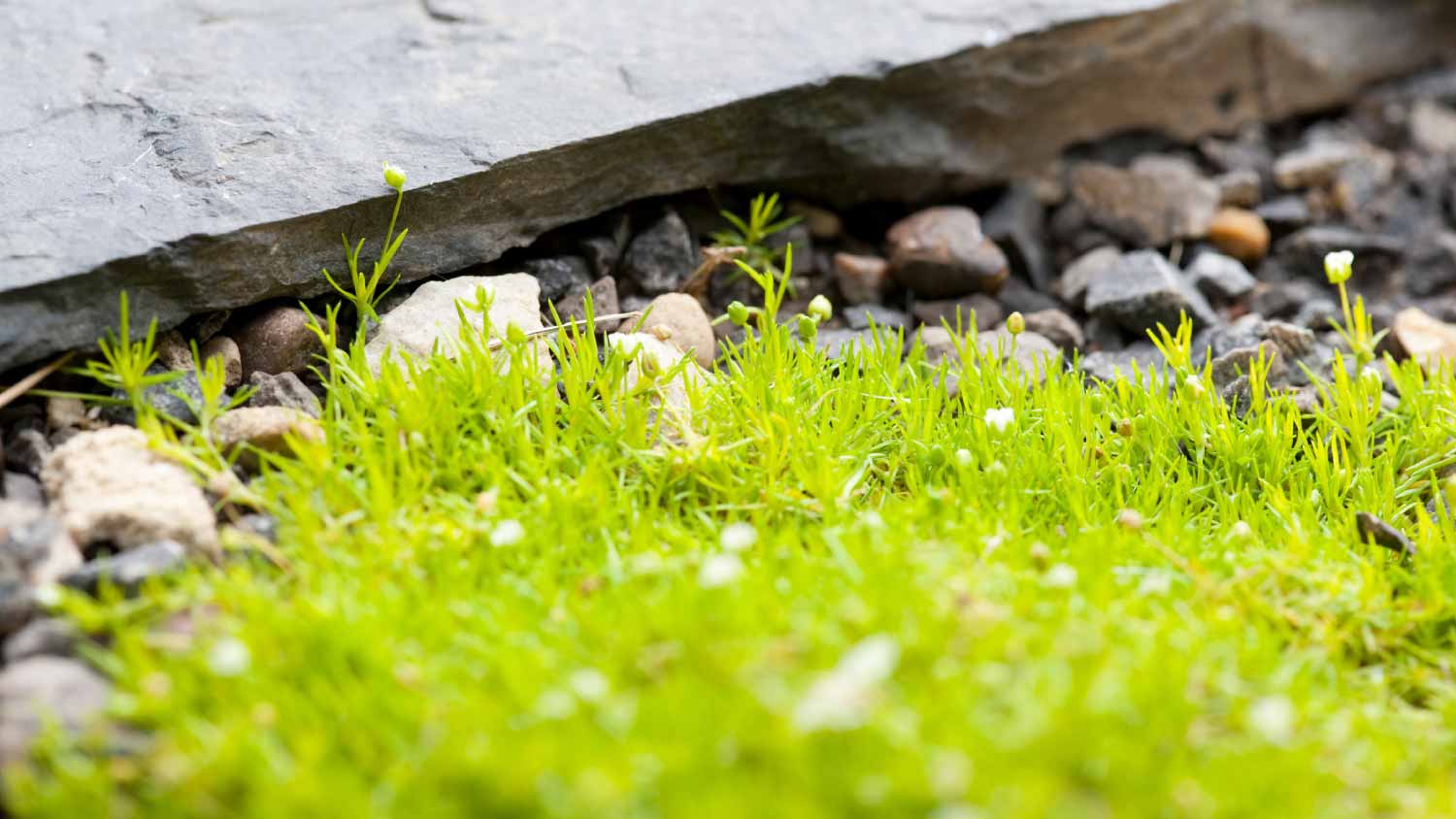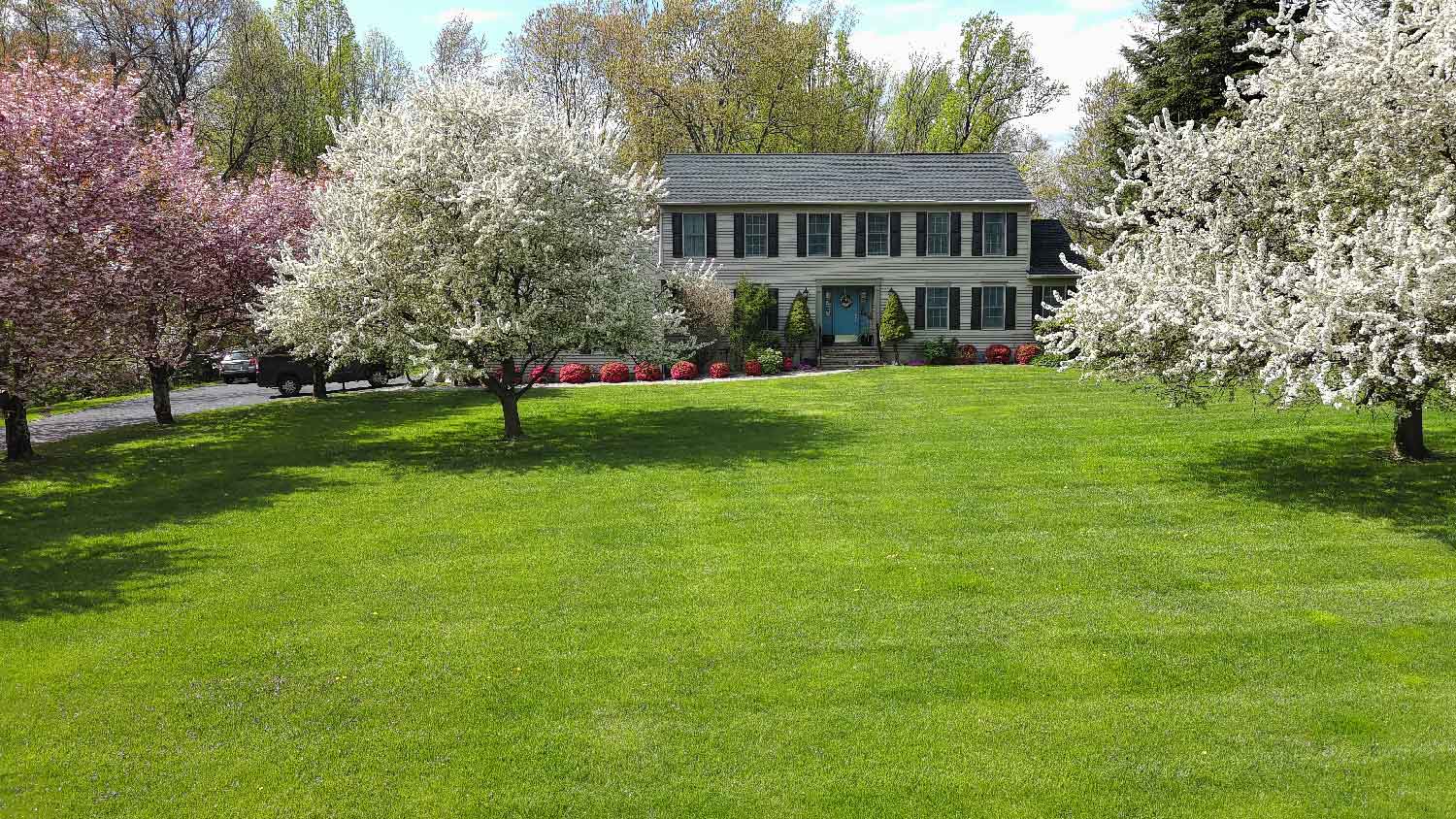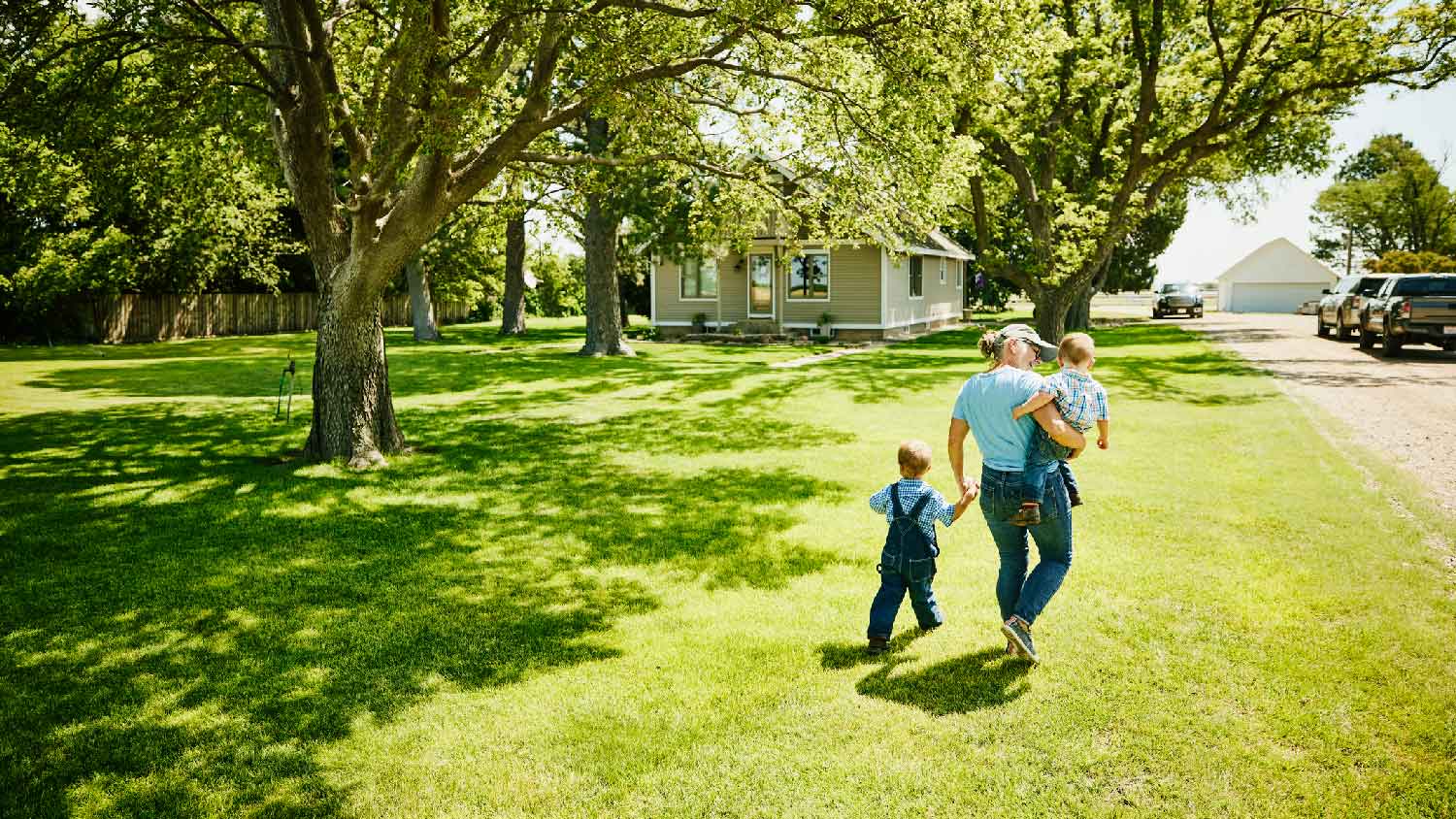What Is a Moss Lawn? How to Plant This Lawn Alternative
Moss plants prove the grass can be greener with less effort


Moss is a low-growing plant that needs little maintenance once it’s planted.
Unlike grass, moss thrives in shady, moist areas and extreme temperatures.
Moss is more expensive to plant than grass, but provides long-term savings due to its low maintenance.
The best time to plant a moss lawn is in the spring.
Moss takes up to 18 months to establish itself in the soil.
If you want a green yard but don't want to consistently tend to grass, a moss lawn is a great, low-maintenance alternative. Not only is a moss lawn easy to maintain, but it stays green and grows in poor soil areas, even thriving in shade. Let’s break down what you need to know if you're considering planting a moss lawn.
What Is a Moss Lawn?
Moss grows in clumps but makes an excellent lawn or groundcover plant. It reproduces through spores using rhizoids, which are threadlike structures that allow the plants to attach to rocks, soil, and trees. Walking on a moss lawn feels uneven and sponge-like.
Mosses thrive in extreme conditions, temperatures, and shady, damp areas for long periods. While it needs moisture to attach to the ground, once established, it can survive long periods with little water, making it a great option for your yard.
Grass Lawn vs. Moss Lawn: Key Differences
Maintaining a grass lawn demands significantly more time and cost than a moss lawn. It doesn't require mowing, weeding, or fertilizing. Once a moss lawn is established, its maintenance is minimal. While moss has a higher initial expense, primarily due to its purchase, it doesn't need mowing, fertilizers, or pesticides, making it a cost-effective option in the long term.
Moss lawns thrive where grass doesn't typically grow well, like shady, nutrient-poor, or rocky areas with little need for water. In contrast, grass lawns thrive in sunny spaces and nutrient-rich soils but demand frequent watering, especially during the summer months.
How to Grow a Moss Lawn

To grow a moss lawn successfully, use the following steps.
1. Select the Area and Prep the Soil
Growing a moss lawn starts with selecting a shaded, moist area in your yard. Your soil should be compact and acidic, with a pH between 5.0 and 5.5. Soil testing the area ensures it meets these conditions and allows you to adjust the soil pH with sulfur or organic matter.
2. Pick the Moss Species
There are several types of moss, so you'll need to determine which type adheres to your local conditions and climate requirements for growth. Native mosses will be the easiest to grow as they are already accustomed to the location. Moss is typically sold in 10-inch by 20-inch trays or measured by square foot.
3. Prep to Plant
The best time for moss to grow is in the spring. Sunlight is still weak, the air is cooler, and the ground is moist from snow and rain. Planting at this time will help you have an established lawn when summer begins. Before planting, remove grass or weeds from the area, loosen the soil, and make sure it's moist.
4. Plant Moss
Lay moss pieces a few inches apart and press them gently down into the ground. Then, secure them with landscaping pins or sticks. This step will help keep them from moving around, allowing the plants to establish themselves.
5. Keep the Area Moist
Once the moss is in place, water it regularly until it establishes. You may need to water it more than once a day during the summer, particularly if its edges are dried out. After it matures, you only need to water it if it looks dry.
When to Hire a Landscaping Professional
If you don't know which type of moss to plant or you're covering a large or difficult-to-access area, consider hiring a landscaping professional. They can properly prep the site, helping with soil pH adjustment, grading, and preventing weed competition. If your lawn requires irrigation or other types of troubleshooting, expert guidance from a lawn care company in your area can save you time and effort and ensure a successful result.
Frequently Asked Questions
Moss can survive in subzero temperatures, so it continues living despite winter weather. This lawn alternative can photosynthesize and stay green no matter the time of year, as long as it has adequate moisture and is not covered by snow or leaves. We recommend removing debris and snow from the moss to keep it healthy during the fall and winter.
Moss attaches to the ground but doesn’t have roots, so it can take four to six weeks for establishment to begin. It takes between 12 and 18 months for full coverage, and maximum thickness takes about two years. Keep your moss moist and debris-free to ensure it establishes itself well.
Yes, you can light step on moss lawns, as they typically withstand light foot traffic. This level of foot traffic also helps the plants to attach to the ground right after installation. However, we recommend adding stepping stones or a walkway if there will be heavy foot traffic on your moss lawn.















